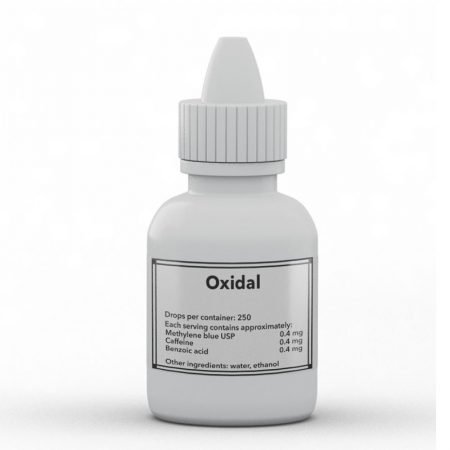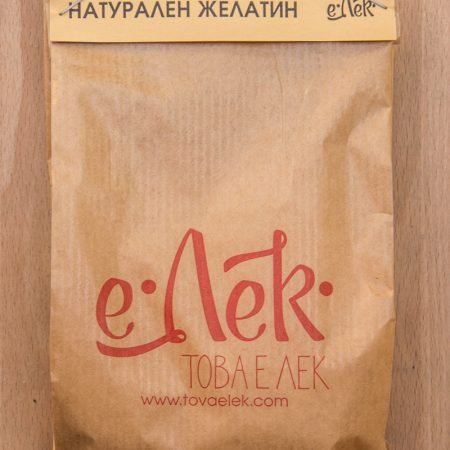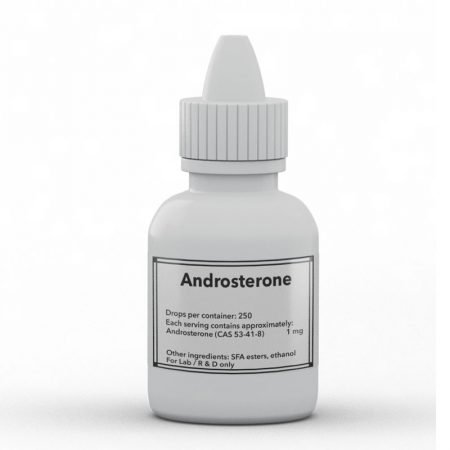През годините съм публикувал редица проучвания за ролята на метаболитите на ПНМК като простагландини и левкотриени при много хронични заболявания, включително рак, Алцхаймер, Паркинсон, АЛС, МС, ССЗ и др. За тези, които не са запознати с този въпрос, ензимите COX са отговорни за синтеза на простагландини, докато ензимите LOX са отговорни за синтеза на левкотриени. Изходните материали (субстрати) за COX/LOX са PUFA като арахидонова киселина, DHA/EPA и дори прекурсорът на арахидоновата киселина линолова киселина. Сега, в изследването по-долу, е открито, че един от ензимите, метаболизиращи PUFA – 12/15LOX (ALOX15) – е от решаващо значение за развитието на сърдечна недостатъчност след остър исхемичен сърдечен удар.
https://en.wikipedia.org/wiki/ALOX15
Когато този ензим е премахнат/потиснат, възстановяването след инфаркт е много по-добро и не се развива сърдечна фиброза (недостатъчност). Освен това, премахването/инхибирането на този ензим понижава и нивата на високоселективен и специфичен биомаркер за диабет – аминоадипинова киселина.
https://en.wikipedia.org/wiki/Alpha-aminoadipate_pathway
“…In mice, deletion of leukocyte responsive 12/15LOX enzyme altered homeostatic equilibria and lowered levels of diabetes biomarker α-aminoadipic acid with profound infarcted heart lipidomic remodeling in the acute HF, thereby delayed chronic HF. Deficiency of 12/15LOX in mice promoted cardiac healing and survival with: 1) marked decreased of 2-aminoadipic acid metabolite in plasma; 2) increased bioactive mediators cypoxins in the infarcted heart in compensation with LOX-derived SPMs; and 3) profound changes in leukocytes trafficking and metabolites signaling of hexoses, amino acids, biogenic amines, acylcarnitines, glycerophospholipids, and sphingolipids in acute HF with obvious structural and fibrotic remodeling in chronic HF syndrome.”
“…Heart failure after a heart attack is a global epidemic leading to chronic heart failure pathology. About 6 million people in the United States and 23 million worldwide suffer from this end-stage disease that involves dysfunction of the heart, a change that clinicians call cardiac remodeling. Despite medical advances, 2 to 17 percent of patients die within one year after a heart attack due to failure to resolve inflammation. More than 50 percent die within five years.”
https://www.sciencedaily.com/releases/2019/05/190531103420.htm
“…This work follows his 2017 discovery that knocking out 12/15 lipoxygenase, or 12/15LOX, a lipid-modifying enzyme that competes with two other lipid-modifying enzymes, leads to increased survival in a mouse model of heart failure after a heart attack. In a study now published online ahead of print in the journal Metabolism: Clinical and Experimental, Halade and colleagues detail the profound lipidomic and metabolic signatures and the modified leukocyte profiling that delay heart failure progression and provide improved survival in 12/15LOX-deficient mice. Only 6 percent of the 12/15LOX-deficient mice died in the progression of chronic heart failure, 56 days after heart attack, while 38 percent of mice with normal 12/15LOX had mortality due to heart failure or rupture. Specifically, the researchers quantified changes in the metabolome, lipidome and immune profiles during acute heart failure, one day after heart attack, and during chronic heart failure, eight weeks after heart attack. They found that the 12/15LOX-deficient mice biosynthesized the signaling molecules epoxyeicosatrienoic acids — also known as EETs or cypoxins — in left ventricle heart tissue after heart attack to facilitate cardiac healing. The lipoxygenase-deficient mice also had reduced amounts of the diabetes risk biomarker 2-aminoadipic acid and had profound alterations of plasma metabolic signaling of hexoses, amino acids, biogenic amines, acylcarnitines, glycerophospholipids and sphingolipids during acute heart failure. These changes are accompanied by delayed heart failure and improved survival. “Future studies are warranted to define the molecular network of the lipidome and metabolome in acute and chronic heart failure patients,” Halade said, though he notes this needs to be preceded by work with other animal models. “Collectively, our studies have discovered a novel link of LOX signaling between lipidomic and metabolic signatures in acute and chronic heart failure syndrome.”
Източник:
- Колко пресни портокала са ви необходими, за да изчистите черния си дроб от мазнини?
- Хроничният стрес понижава допамина и причинява психични заболявания
- Естрогенът и кортизолът, а не андрогените, потискат имунитета
- Инхибирането на ароматазата (за намаляване на естрогена) може да доведе до лечение на рак на стомаха.
- Потиснатият имунитет, а не вирусите (HPV), може да е причина за рака на кожата










